Introduction to how to improve agriculture production: Agricultural productivity is defined in terms of total output per unit of input – partial factor productivity (PFP) measures such as land productivity (production) and labor productivity. It can also be defined as the total output of total input per unit. The increase in agricultural production is due to the development of agricultural inputs and technologies (where the latter is measured as TFP growth) which enables farmers to produce higher yields with a certain amount of input utilization.
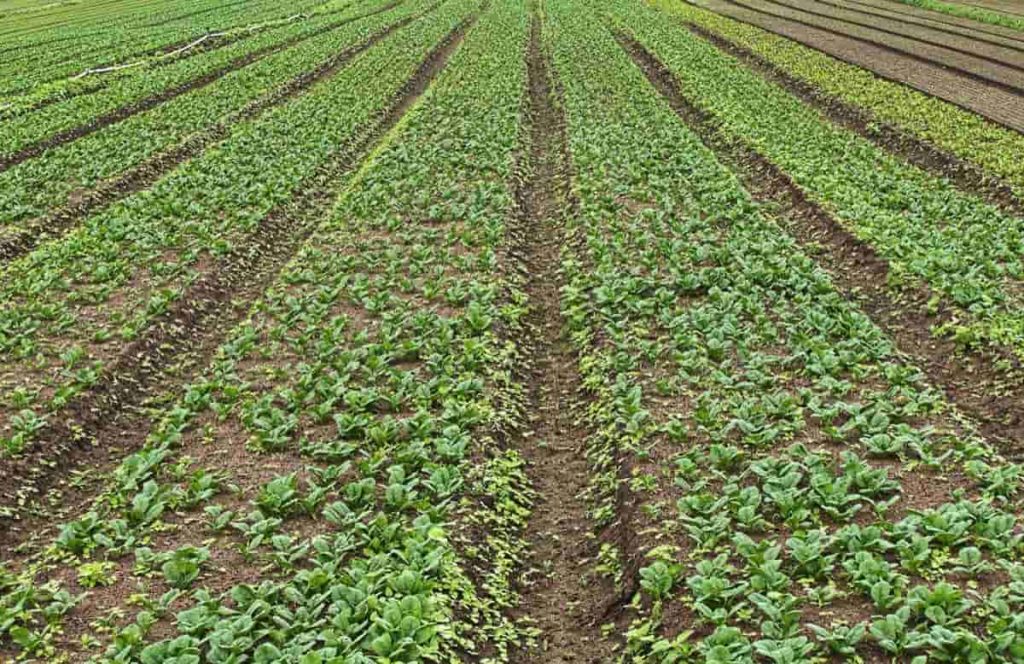
Increasing agricultural productivity through sustainable methods can be an important way to reduce the amount of land required for farming and to slow down environmental degradation and climate change through processes such as deforestation. Productivity, which measures the increase in production that is not measured by the increase in production inputs, is a close-up view of economic performance due to its contribution to a healthy and developing economy. In this article we also covered the below topics about improving agriculture production;
- Ways to improve farming productivity
- What does agricultural development mean?
- Key steps to improving farming productivity
- Factors determining productivity in agriculture
- Why is agricultural production important?
Agricultural productivity is measured by the ratio of agricultural production to input. Although individual products are generally measured by weight, called crop yields, different products make it difficult to measure aggregate agricultural production. Agricultural production is measured as the market value of the final product.
Guide on how to improve agriculture production, types, activities, ways to improve agricultural production
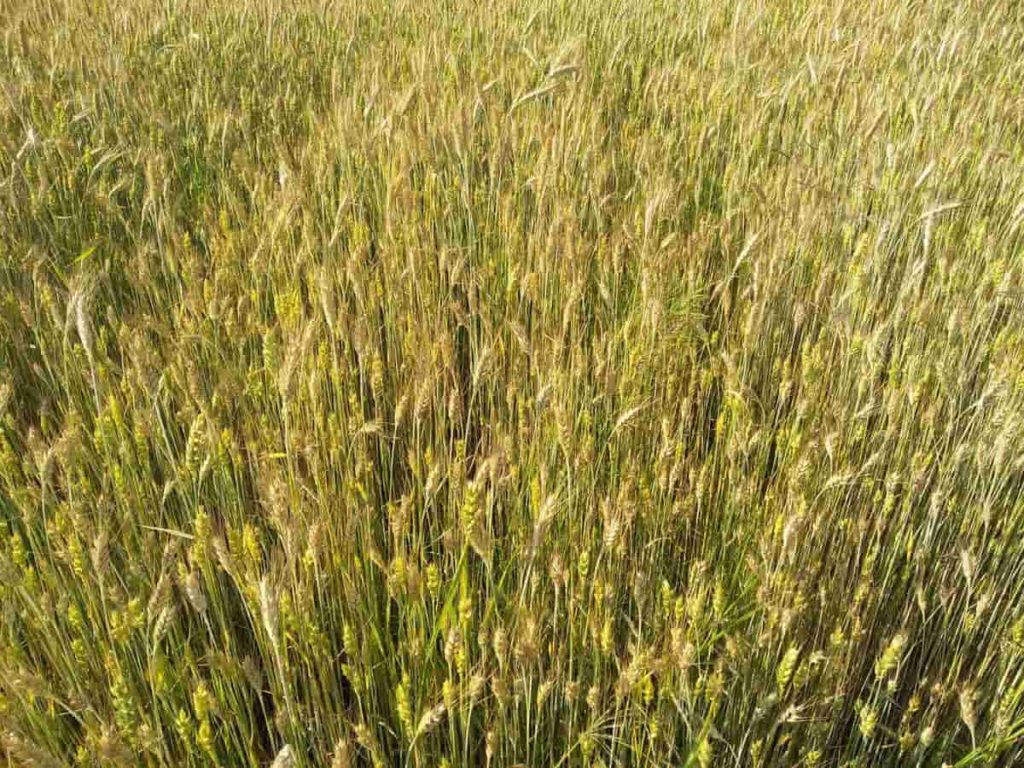
Types of agricultural production systems
Depending on the type of crop and its use, there are different types of agricultural production. Depending on the available traditional, organic, or conventional management systems the types of feed or row crops grown. The production and management of maize, cotton, wheat, soybean, and tobacco crops are profitable for farmers.
Crop production also includes the exchange of feed sources and resources used to maintain the dairy herd and prepare the crops needed to participate in the meat industry. The animals provided by the farmers are provided with nutritional supplements or minerals and grass or hay for forage.
Improving agricultural production is a catalyst for both economic and social development. In developing countries, increasing agriculture and increasing its productivity is considered important to meet the goals of sustainable development and significant poverty reduction. There has been a long-standing consensus among development economists that an increase in agricultural production is necessary if agricultural production is to be increased at a rapid rate to meet the growing demand for food for a growing non-agricultural population.
Agricultural production activities
- Agriculture – Soil cultivation, Planting, nurturing, and harvesting crops; Raising, feeding, and managing animals.
- Aquaculture – Raising private aquatic animals (Fish)
- Floriculture – Growing flowering plants
- Horticulture – Growing fruits, vegetables, and herbs.
Ways to improve agricultural production
Agricultural development – Increased productivity comes from innovative farming techniques and innovations such as improved seed and nutrient management and best practices for animal health. Focusing on ecosystem services, such as preventing pollination and erosion, can increase and maintain productive benefits over time.
Field productivity is important for several reasons. Providing more food, increasing productivity affect the growth of the farming market, migration of labor, and income. Learning how to improve productivity is an important aspect of productive farming. New methods have allowed farmers to increase productivity and maintain the long-term sustainability of their farms.
1. Implementation of land reforms
Land reforms are the first and most important point for improving productivity. Machines, tractors, and implements make ground improvements. These machines have the advantage of smoothing out rough farming areas for efficient fieldwork. It is easy to work in the field, that is, it is easy to improve productivity. Land reform is the best way to increase productivity.
State Governments will have to make special efforts to enforce land reform legislation so that the slogan ‘Land to the tiller can be put into practice. Unless this is done, the farmer will have no incentive to invest in land and adopt new farming techniques. Therefore, land reform is the first and foremost need.
In case if you miss this: Soil Preparation In Agriculture, Methods, And Tips
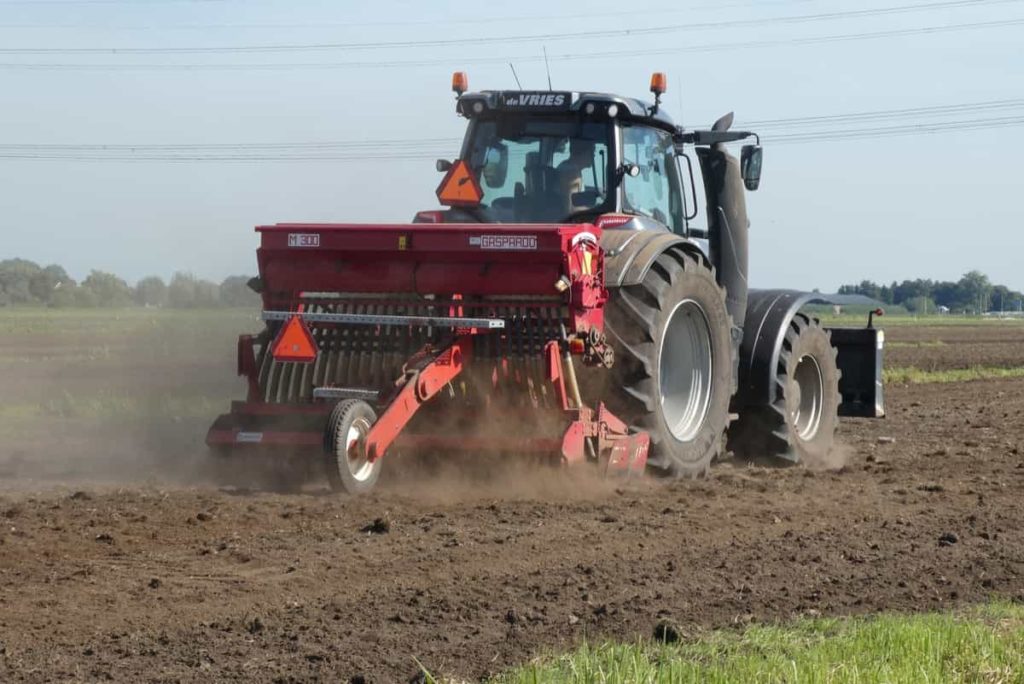
Land reform, a meaningful change in the way agricultural land is held or owned, the farming methods used, or the relationship of agriculture to the rest of the economy. Such reforms can be announced by the government, interest groups, or the revolution. The price of land reflects its relative scarcity, which depends on the ratio between the area of land commonly used in a market economy and the volume of the population of the area.
The distribution of wealth and income is determined by the laws governing land tenure. These rules define the acceptable forms of terms and the accompanying privileges and responsibilities. In this sense, the form of the term determines the distribution of wealth and income based on land: if private property is allowed, then the class distinction is inevitable. On the contrary, public property eliminates such distinctions. Terms range from temporary, conditional holdings to fee-for-ownership, providing complete irresponsible rights to control and dispose of land.
2. Interplant
Interplanting is a process in which different crops grow together at the same time. This is a great way to maximize crop productivity. Some crops are good together, some are not. It is the planting process for a fast-growing crop between slow-growing crops to make the most of your garden space.
3. Plant more densely
This is the easiest way to improve the productivity of the fields, the crops come close to each other in this plant. Many farmers keep their vegetables too far away, leaving large areas to grow well.
4. Manuring
Nutrients are needed for crops to grow and produce. Thus, it is important to supply nutrients at regular intervals. Manuring is the stage where dietary supplements are provided and these supplements can be natural (fertilizer) or chemical compounds (fertilizer). Manure is a decomposing product of plant and animal waste. Fertilizers are chemical compounds that contain plant nutrients and are commercially prepared. In addition to providing nutrients to the crop, fertilizer also replenishes soil fertility. Other methods of soil filling are vermicompost, crop rotation, planting of legumes.
In case if you miss this: How To Start Organic Farming In India – Schemes
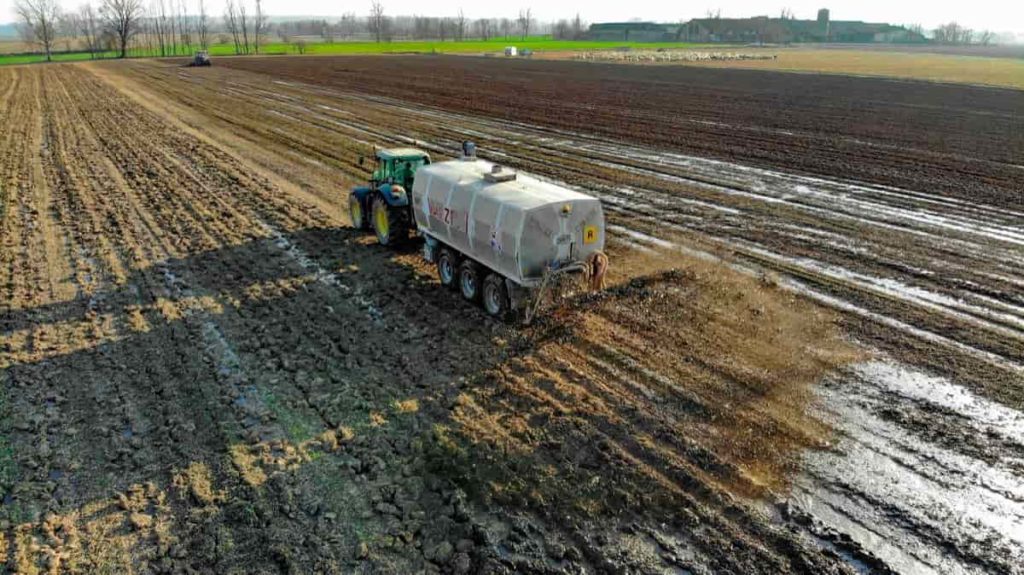
5. Plant many crops
The next way to increase productivity is to plant more crops.
6. Water use and soil management
About 40% of the world’s food is grown through irrigation. But large amounts of this water are lost due to leakage into the irrigation system itself. Also, improper irrigation is a major cause of soil salinity. About one-tenth of the world’s irrigated land is destroyed by salt. With the threat of climate change, more and more regions of the world are at risk of drought and desertification.
Improved irrigation methods will help protect vulnerable land. Such techniques allow scientists to determine the exact nutritional and water requirements of the crop under certain conditions, making it possible to find sustainable alternatives for the area.
7. Sustainable agriculture
This policy seeks to promote the sustainable development of agriculture through the use of technically strong, economically viable, ecologically degraded, and socially acceptable use of the country’s natural resources – land, water, and genetic endowment. Then, try to promote
- Measures will be taken to control the biological pressure on the land and to control the indiscriminate rotation of agricultural lands for non-agricultural purposes. The unutilized wastelands will be used for agriculture and forestry. Special attention will be given to increasing crop intensity through multiple crops and intercrops.
- Reasonable use and protection of the country’s abundant water resources will be promoted. The combined use of surface and groundwater will be a top priority. Special attention will be paid to water quality and the problem of falling groundwater levels in some areas as a result of the over-exploitation of groundwater resources.
- Over the last few decades, the erosion and narrowing of India’s plant and animal genetic resources have been affecting the country’s food security. Special attention will be given to the survey and review of genetic resources and the safe conservation of genetically modified local and exotic genes in crop plants, animals, and their wild relatives.
- Agroforestry and social forestry are basic requirements for maintaining ecological balance and increasing biomass production in agricultural systems. A major emphasis will be placed on agroforestry for efficient nutrient cycling, nitrogen fixation, organic matter augmentation, and improved drainage. Farmers will be encouraged to work on farm/agroforestry to generate more income by developing technology, extension, and credit support packages and removing barriers to agroforestry development.
8. Raised beds
In the traditional farming system, the crops are placed in rows separate from the tractor trails. It creates dense gardens, short paths, and more active growing areas. Raised beds are a symbol of improving crop productivity.
9. Smart water management
Water is a must for planting crops and with water management, you can increase productivity. Water management is the best way to improve productivity. By using a sprinkler irrigation system, you can increase yields by up to 50%. Manufacturing canals provide better irrigation systems to protect crops from tube wells. By using a drip or sprinkler irrigation system you can increase crop yield by up to 50%.
In case if you miss this: Annual Flowering Plants In India
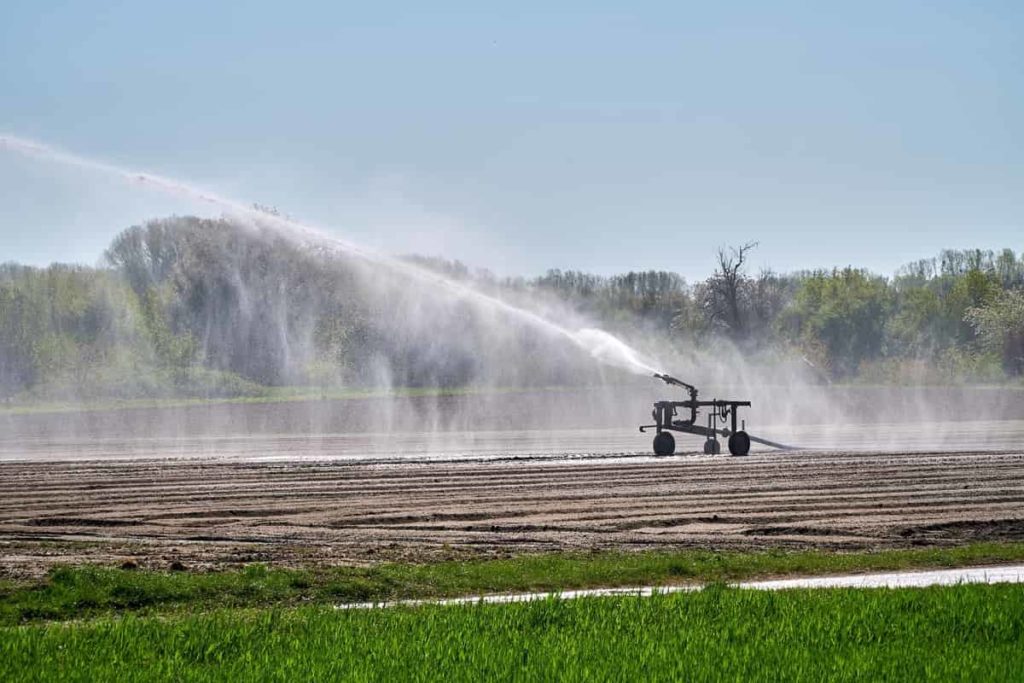
Plants need water to survive. In some areas, they get all the water they need from the rain. However, this is not always the case, especially in arid regions of the world. In such regions, farmers can use irrigation to keep their land sufficiently moist. Overall, farmers irrigate about 18% of the world’s crops.
Techniques used to irrigate crops vary widely in their performance. At the bottom of the performance, spectrum are systems such as canal irrigation, field flooding, and sprinkler-based irrigation. At the higher end are targeted irrigation systems such as drip irrigation. Unlike previous methods, drip irrigation provides water to plants in a way that reduces evaporation and generally does not provide plants with too much water. However, in some cases, drip irrigation is not an option. Under these circumstances, farmers can use advanced sensors to determine the amount of moisture in their fields and tailor their irrigation efforts accordingly.
10. High-quality seeds
Recent research shows that small farmers (who grow about 80% of the world’s total food) have very limited access to high-quality seeds. This is a relatively easy problem to solve, as it is very easy to get high-quality seeds. After a farmer receives this type of seed, he can generally continue to reap the benefits of high-yielding varieties for many years to come, by saving and replanting the seeds he harvests in each season.
11. Selection of varieties
Better heat-tolerant varieties allow the plant to maintain its yield at higher temperatures. Heat tolerant varieties can increase crop yields by up to 23%.
12. Farm management software
Managing your farm without tracking your every move is like driving blindfolded. Farm management software helps you gain complete control over your farming activities and analyze the use of all information and costs so that you can identify your weaknesses and make appropriate improvements.
13. Improved monitoring technology
Farmers, especially in developing countries, often do not know how much water and nutrients their plants need. Such technology is especially useful in areas where significant resources are scarce. Lack of resources in such places can lead to disputes among farmers. Any technology capable of minimizing resource loss, therefore, can improve relationships as well as profits.
In case if you miss this: Vegetable Farming In Karnataka – Planting Calendar
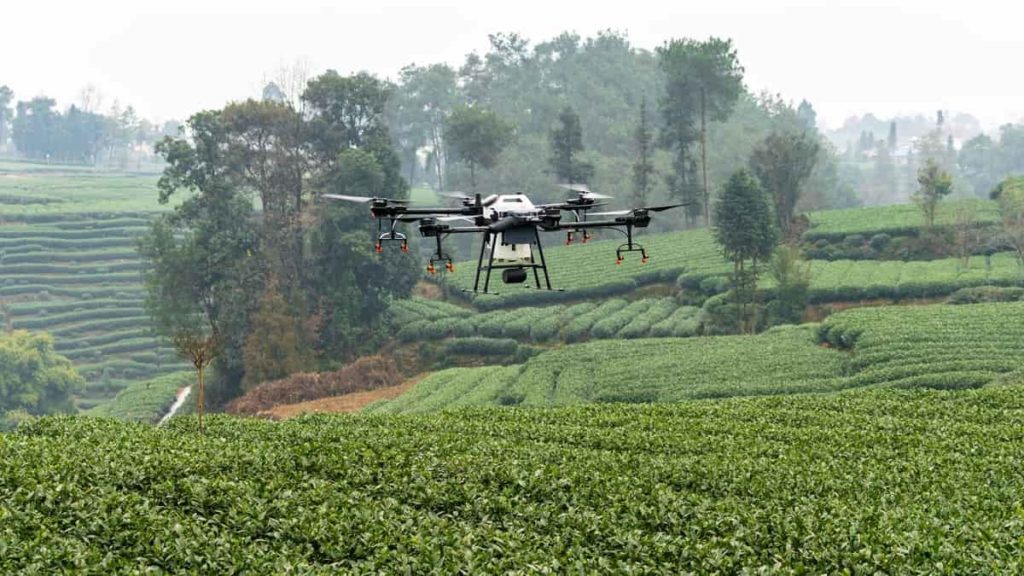
Other promising monitoring technologies include drones and remote sensors mounted on satellites. These sensors can help farmers identify the right parts of their fields that are prone to pests, diseases, and malnutrition, and thus allow the implementation of targeted intervention measures.
14. Credit and insurance
Credit reform is the key to increasing the productivity of small farms. According to international standards, the gap between deposit and lending interest rates is high. There is a need to improve the efficiency of the financial delivery system by controlling both transaction and risk costs.
The government needs to significantly improve the speed and procedure of crop insurance as well as the debt collection and settlement process. Given the decline in agricultural profits and the plight of farmers, the government should consider assisting the banking system to reduce interest rates on crop loans.
In the case of successive natural calamities, rescheduling and restructuring of farmers’ loans are not enough. The Central and State Governments should take steps to create an Agriculture Risk Fund to provide relief to farmers in the event of persistent drought and flood and pest infestation.
15. Heat-tolerant varieties
Heat-tolerant varieties allow the plant to maintain its productivity at high temperatures. We need to improve heat-tolerant varieties, and this increases crop yields by up to 23%.
16. Intercropping / Polyculture
Monocropping, the practice of growing a single crop on a large piece of land, is the most common form of agriculture. Although effective in some situations, monocropping can deplete nutrients in the soil, and do little to promote biodiversity. In an alternative system called intercropping, farmers keep several different types of plants close together. This arrangement promotes plant health and creates symbolic relationships between species. Many farmers add animals to the mix as well as for pest control and fertilization. While intercropping is generally more labor-intensive than monocropping, the yield per acre of intercrop farms is often more than a single crop field.
About 5% of crops are destroyed by pests, insects, and diseases, according to agricultural scientists. Most farmers are oblivious to the use of pesticides and insecticides in recent years. The use of these drugs is essential to improve crop yields. To be aware, farmers should take action against these governments or employ their technical staff in spraying pesticides and insecticides.
Insects are another serious threat to productivity. They can destroy crop yields and transmit disease to both crops and livestock. According to conservative estimates, the use of pesticides also reduces food production by 25-35%. Furthermore, there are concerns that reliance on pesticides to maintain production not only harms the environment but may also cause insects to develop resistance to the pesticides themselves. Through its pest and pest control program, the agency is using nuclear science to develop environmentally friendly alternatives to pest control.
- Economical Aquaculture: A Guide to Low-Budget Fish Farming
- 15 Common Planting Errors That Can Doom Your Fruit Trees
- How to Make Houseplants Bushy: Effective Tips and Ideas
- Innovative Strategies for Boosting Coconut Pollination and Yield
- Pollination Strategies for Maximum Pumpkin Yield
- The Complete Guide to Chicken Fattening: Strategies for Maximum Growth
- Natural Solutions for Tulip Problems: 100% Effective Remedies for Leaf and Bulb-Related Issues
- Revolutionizing Citrus Preservation: Towards a Healthier, Greener Future
- Natural Solutions for Peony Leaf and Flower Problems: 100% Effective Remedies
- Maximizing Profits with Avocado Contract Farming in India: A Comprehensive Guide
- Natural Solutions for Hydrangea Problems: 100% Effective Remedies for Leaf and Flowers
- The Ultimate Guide to Choosing the Perfect Foliage Friend: Bringing Life Indoors
- From Sunlight to Sustainability: 15 Ways to Use Solar Technology in Agriculture
- The Ultimate Guide to Dong Tao Chicken: Exploring from History to Raising
- The Eco-Friendly Makeover: How to Convert Your Unused Swimming Pool into a Fish Pond
- Mastering the Art of Delaware Chicken Farming: Essentials for Healthy Backyard Flocks
- 20 Best Homemade Fertilizers for Money Plant: DIY Recipes and Application Methods
- How to Craft a Comprehensive Free-Range Chicken Farming Business Plan
- Brighten Your Flock: Raising Easter Egger Chickens for Beauty and Bounty
- How to Optimize Your Poultry Egg Farm Business Plan with These Strategies
- Subsidy for Spirulina Cultivation: How Indian Government Schemes Encouraging Spirulina Farmers
- Ultimate Guide to Raising Dominique Chickens: Breeding, Feeding, Egg-Production, and Care
- Mastering the Art of Raising Jersey Giant Chickens: Care, Feeding, and More
- Ultimate Guide to Raising Legbar Chickens: Breeding, Farming Practices, Diet, Egg-Production
- How to Raise Welsummer Chickens: A Comprehensive Guide for Beginners
- How to Protect Indoor Plants in Winter: A Comprehensive Guide
- Ultimate Guide to Grow Bag Gardening: Tips, Tricks, and Planting Ideas for Urban Gardeners
- Guide to Lotus Cultivation: How to Propagate, Plant, Grow, Care, Cost, and Profit
- Agriculture Drone Subsidy Scheme: Government Kisan Subsidy, License, and How to Apply Online
- Ultimate Guide to Raising Araucana Chickens: Breed Profile, Farming Economics, Diet, and Care
- Bringing Hydroponics to Classroom: Importance, Benefits of Learning for School Students
- Ultimate Guide to Raising Polish Chickens: Breed Profile, Farming Economics, Diet, and Care
- Ultimate Guide to Raising Australorp Chickens: Profile, Farming Economics, Egg Production, Diet, and Care
- Silkie Chicken Farming: Raising Practices, Varieties, Egg Production, Diet, and Care
- Sussex Chicken Farming: Raising Practices, Varieties, Egg Production, Diet and Care
- Homemade Feed Formulations for Livestock: Discover Cost-effective Starter to Finisher Feed Recipes
Good info
Really educative